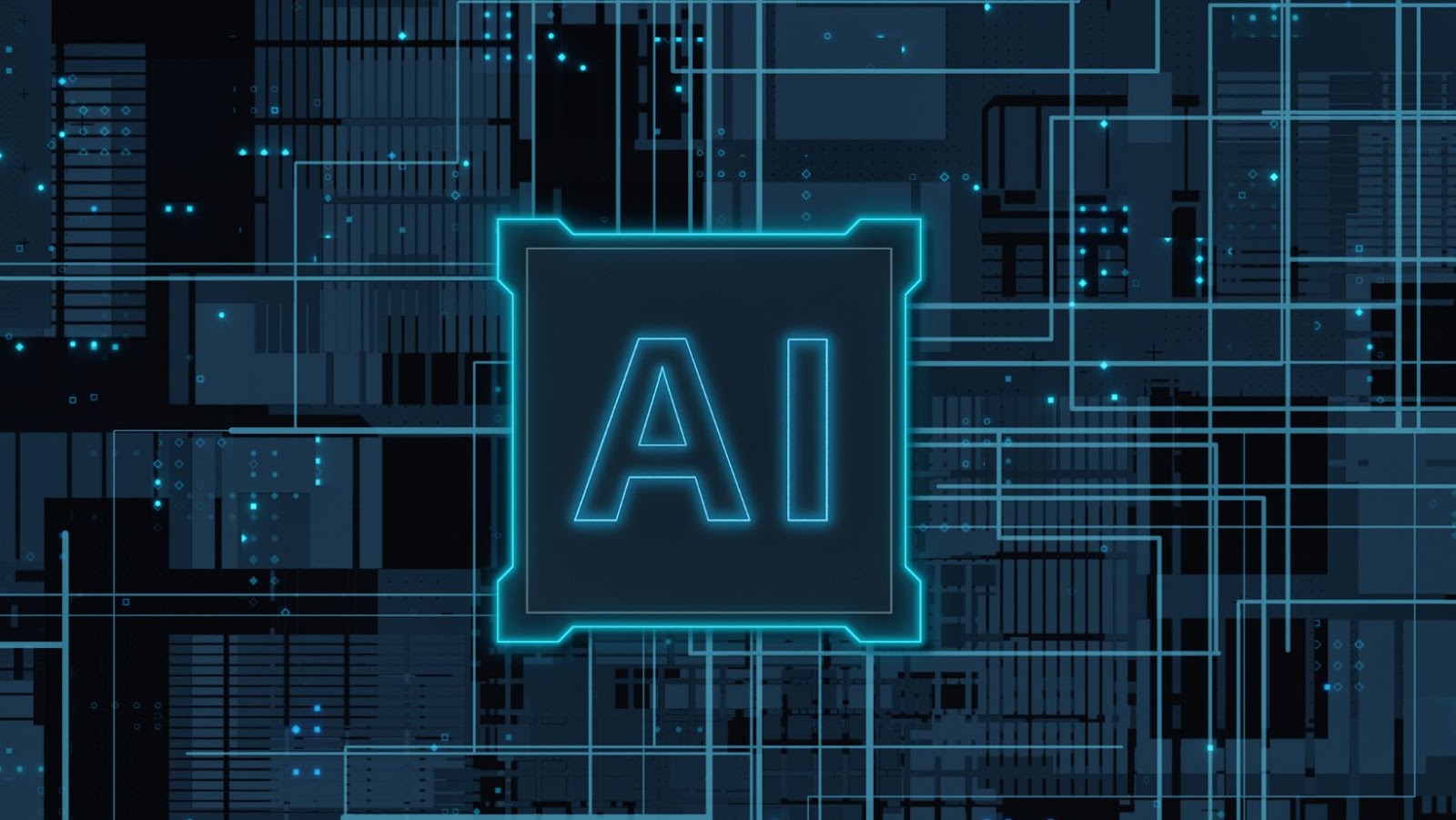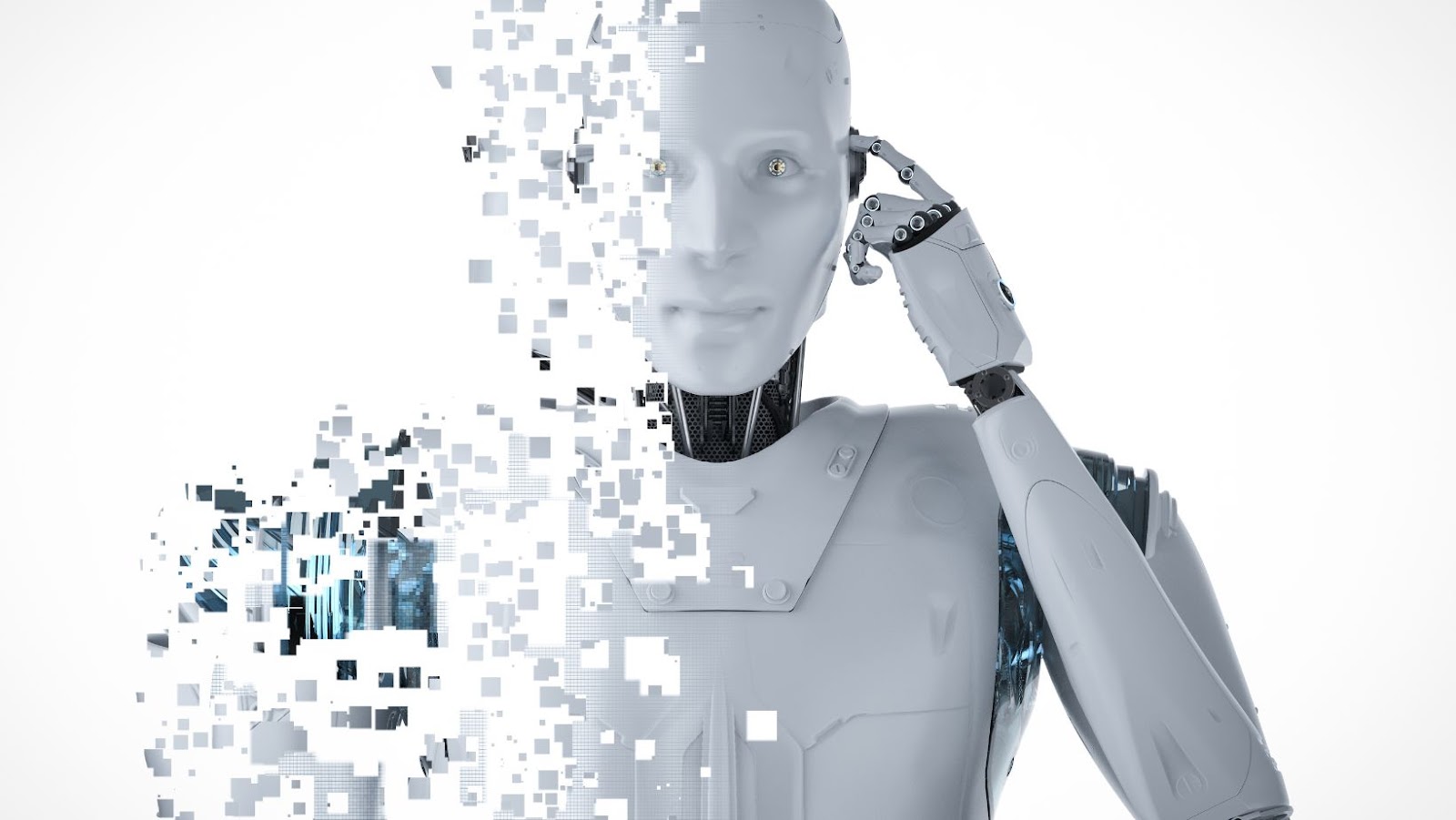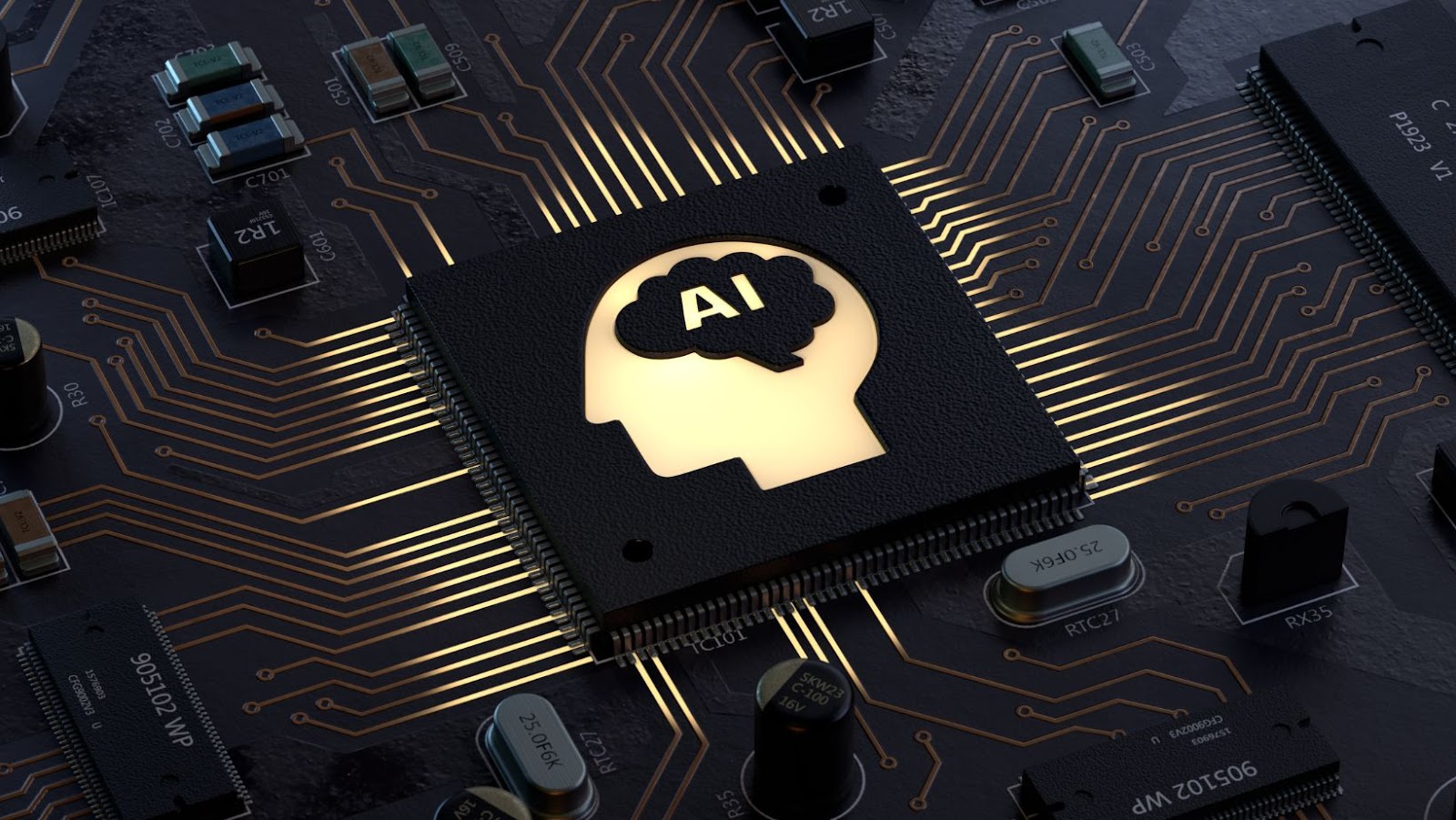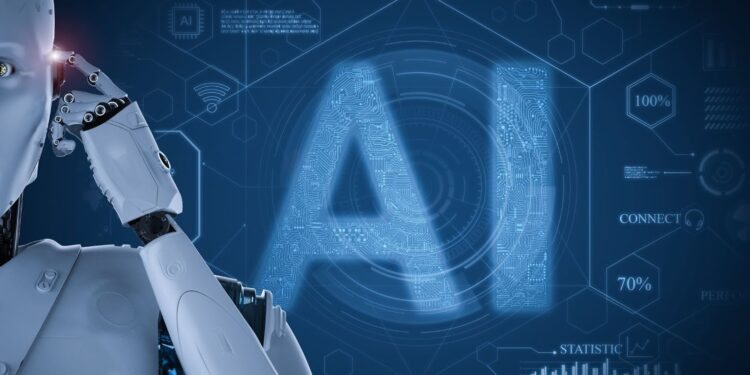Jarvis is a voice-activated artificial intelligence system developed by Facebook to automate the use of various digital services. Jarvis is programmed to recognize and respond to spoken natural language requests to perform tasks, carry out conversations and make recommendations. It can potentially revolutionise user experience of products, services, and applications for businesses, organisations and software developers.
Rather than having users go through multiple steps or guess what actions they need to take, Jarvis can make accurate decisions with minimal user input while basing its responses on data it collects from sources such as social media or search engines. In this way, it takes a more proactive approach than traditional means.
Jarvis can be used for a variety of applications including improving customer support by understanding customer needs more quickly and accurately; helping optimise search engine performance; managing tasks in real-time that would otherwise require manual intervention; creating tailored digital experiences for users; automating automated marketing campaigns; helping with product development processes; providing unrestricted access to data resources online; offering personalised product recommendations; and improving corporate decision making processes by presenting visual information from large datasets. The possibilities are endless.
Nvidia launches Jarvis conversational AI framework
Nvidia recently launched Jarvis, a conversational AI framework for natural language processing (NLP). This open-source AI system is designed to help developers create applications that use natural language to communicate with the user.
Jarvis is available for various AI tasks, from intent classification to dialogue management and intent prediction to response generation.

Let’s explore the different example applications of Jarvis.
Overview of Jarvis
Jarvis is an artificial intelligence system designed to aid users with administrative tasks like tracking events and managing data. It is developed by Mark Zuckerberg and his team of engineers in the Artificial Intelligence Lab at Facebook. This AI system can respond to voice commands, asks questions, and remembers user preferences over time to personalise interactions.
Jarvis can be used in various applications such as home automation, transportation planning and management, personalised health monitoring, natural language processing (NLP), medical diagnosis assistance, translation services, and more. For example:
– Home automation: Jarvis can turn on and off lighting systems from mobile devices or through voice commands; further integrating connected appliances such as heating systems for better energy efficiency.
– Transportation planning & management: By accessing real-time data about traffic routes and conditions through APIs provided by traffic authorities, Jarvis can help with route optimization for efficiently navigating large cities.
– Personalized health monitoring: Jarvis can track a user’s health such as sleep patterns, dietary habits etc., providing helpful insights and customizable wellness programs based on these data points.
– Natural Language Processing (NLP): Using deep learning techniques and sophisticated language models (such as Google’s BERT algorithm), Jarvis can interpret complex conversations between people in various languages leading to improved accuracy when answering questions or interacting with users in natural language.
– Medical diagnosis assistance: Artificial Intelligence has been extensively applied in medical image analysis systems to help diagnose diseases accurately; the same technology has been used in Jarvis to interpret medical scans faster than medical experts enabling faster diagnostics process times for patients who rely on its help.
– Translation services: With machine learning algorithms powering its engine, Jarvis can comprehend multiple languages simultaneously enabling it to accurately interpret different languages into a pre-selected destination language giving access to out of reach content which may not have been available otherwise due to language barriers.
Features of Jarvis
Jarvis is an artificial intelligence software that can answer questions, learn by absorbing new information, and interface with various digital devices. It also can make predictions about the user’s preferences and control home function and home/work devices. In addition, it can recognize words and phrases from both normal conversations and large databases.
The features of Jarvis are wide-ranging.

From supporting your day-to-day tasks to helping you schedule appointments and plan for vacations, Jarvis is designed to facilitate common needs naturally. Here are some example applications:
• Smart Home Automation – Jarvis lets users control devices like lights, thermostats, monitored alarms, security cameras, and more from any compatible device or mobile app.
• Natural Language Processing – Jarvis understands verbal commands, questions expressed in natural language sentences using semantic understanding techniques like context recognition and linguistic analysis.
• Personal Assistance – As an AI assistant Jarvis can handle basic tasks such as setting reminders or ensuring a meeting happens on time. It will notify you when an event is coming up based on your past behaviour or calendar invitations associated with that event.
• Machine Learning – By observing user’s behaviours it can adjust its responsiveness to better match their needs over time by utilising supervised & unsupervised learning algorithms such as neural networks & deep learning forms of AI technology
• Cognitive Computing– Helps curate vast data sources into succinct suitable one-liners which provides users more refined searches & results
• Image Recognition/Computer Vision – Analysing images for certain components such as facial recognition algorithms or text extraction from documents & digital sources
Examples of Jarvis in Action
Nvidia recently launched their Jarvis conversational AI framework, simplifying the development process of conversational AI applications. Examples of these applications include voice-based search and natural language processing. This framework promises to enable users to create more powerful and accurate AI applications.
Let’s take a look at some examples of Jarvis in action.
Jarvis in Healthcare
Jarvis can be used in healthcare to improve patient care. For example, an AI-powered virtual assistant could be used to make it easier for caregivers and healthcare providers to interact with one another. Using natural language processing, a Jarvis system can understand the intent behind questions and provide instant responses. It can also help automate the intake process for new patients, saving time and reducing frustration.
The medical industry is already beginning to embrace AI-powered virtual assistance to improve patient care and increase efficiency. One such application is IBM’s Watson Health Cloud, which connects doctors and providers with real-time lab results and electronic health records. In addition, IBM Research has developed an AI-enabled early warning system that monitors patients’ vital signs, alerting medical professionals of potential problems before they become serious health issues. This technology saves lives and helps improve workflow management within hospitals, clinics, and nursing homes.
Jarvis in Education
Jarvis is an AI and voice-enabled computer program that can interact with people in a conversationally natural way. This advanced program is being used by educational institutions worldwide to provide learning assistance and enable personalised instruction like never before.

Jarvis can assist teachers in the classrooms by providing instruction due to its powerful speech recognition capabilities and extensive knowledge database. Teachers can ask questions and receive insights on students’ performance in class or give customised instructions within seconds. In addition, by integrating student’s data into its system, Jarvis creates simulations for students to learn hands-on and provides feedback for understanding class content more deeply.
In addition, unstructured data such as lab reports or essays can be fed into Jarvis, which automatically marks assignments based on established criteria or keywords set by teachers, drastically reducing the time they spend grading while ensuring fairness between students. As an ultimate benefit, Jarvis saves time and energy of both instructors and learners while improving efficiency of school systems overall.
Jarvis in Retail
The emergence of Jarvis has caused a revolution in the retail space. One possible application of Jarvis in retail is “conversational commerce”: shoppers can interact with a virtual assistant powered by AI to easily find products and services, receive real-time answers to questions and even receive personalised product recommendations. This is changing shopping and giving customers a more convenient, immersive experience.
In addition, Artificial Intelligence (AI) solutions such as natural language processing (NLP), computer vision (CV) and automated machine learning (ML) are enabling customers to quickly find what they need using conversational search. For example, customers can ask Jarvis for specific items or categories instead of browsing through stores. The technology can also suggest complementary products that might not be obvious to the customer without help from an AI-driven assistant.
Additionally, AI agents such as Jarvis are improving personalization for shoppers even without their input by analysing customer data to accurately predict their needs and personalise product recommendations based on past purchase behaviour. Retailers have seen an increase in profits due to these AI-driven applications — data from BigCommerce showed that retailers offering conversational commerce experienced an average of 120% increased conversion rates compared to retailers offering only web-based options, indicating the potential power of this emerging technology in retail applications today.
tags = nvidia jarvis ai 45k maywiggersventurebeat, nvidia ai maywiggersventurebeat, AI software, app, nvidia
















